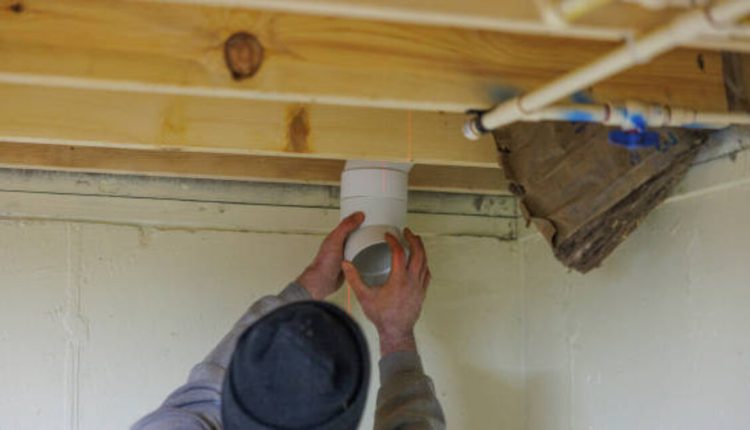Preserving History: Waterproofing Techniques for Stone Basements
Basements built with stone walls hold a unique charm, offering a glimpse into a bygone era of construction. However, these historic spaces also present distinct challenges regarding waterproofing. Traditional methods, like interior drainage systems, might not be the optimal solution for stone basements. Here, we’ll explore innovative waterproofing techniques tailored to these heritage structures. Read the Best info about DRI Basement Waterproofing.
Understanding the Challenges
Stone, while robust, is naturally porous. Over time, cracks and gaps develop, allowing water to seep through. Additionally, the mortar used in older construction might deteriorate, further compromising the waterproofing capabilities. While effective for concrete basements, traditional interior drains can disrupt exposed stone walls and potentially damage historic features.
Specialized Techniques for Stone Basements
Here are some techniques specifically designed to address water issues in stone basements:
- Crystalline Waterproofing: This method involves applying a penetrating solution to the interior of the stone walls. The solution reacts with the minerals in the stone, creating a crystalline structure that fills pores and cracks, effectively blocking water ingress.
- Epoxy Injection: For larger cracks or gaps, a high-density epoxy resin can be injected directly into the stone. The resin hardens, creating a watertight seal and preventing further water infiltration.
- Hydraulic Lime Repointing: Deteriorated mortar joints can be revitalized using a specialized hydraulic lime mortar. This type of mortar is breathable, allowing the stone to release moisture while effectively sealing against water ingress.
- Interior French Drain System: In some cases, an interior French drain system can be a viable option, especially if the basement floor is unfinished. This system utilizes a perforated pipe laid along the perimeter of the basement, collecting water and directing it towards a sump pump for discharge. However, this technique should be carefully considered to ensure minimal disruption to the historic fabric of the basement.
Preservation and Functionality – Striking the Balance
The ideal waterproofing solution for a stone basement achieves two key goals: protecting the historic structure from water damage and preserving its visual character. Consulting with a specialist in historic building restoration and waterproofing is crucial. They can assess your basement’s specific needs and recommend the best course of action.
DRI Basement Waterproofing: Respecting History, Ensuring Dryness
At DRI Basement Waterproofing, located at 81 Carpenter St, Providence, RI 02903 (call us at 401 208 2412), we understand the importance of safeguarding historic structures. Our team of experienced professionals is well-versed in working with stone basements. We can develop a customized waterproofing strategy that respects the historical integrity of your space while ensuring a dry and functional basement. We leverage advanced techniques and materials while employing meticulous work practices to minimize disruption and preserve the aesthetics of your historic basement.


